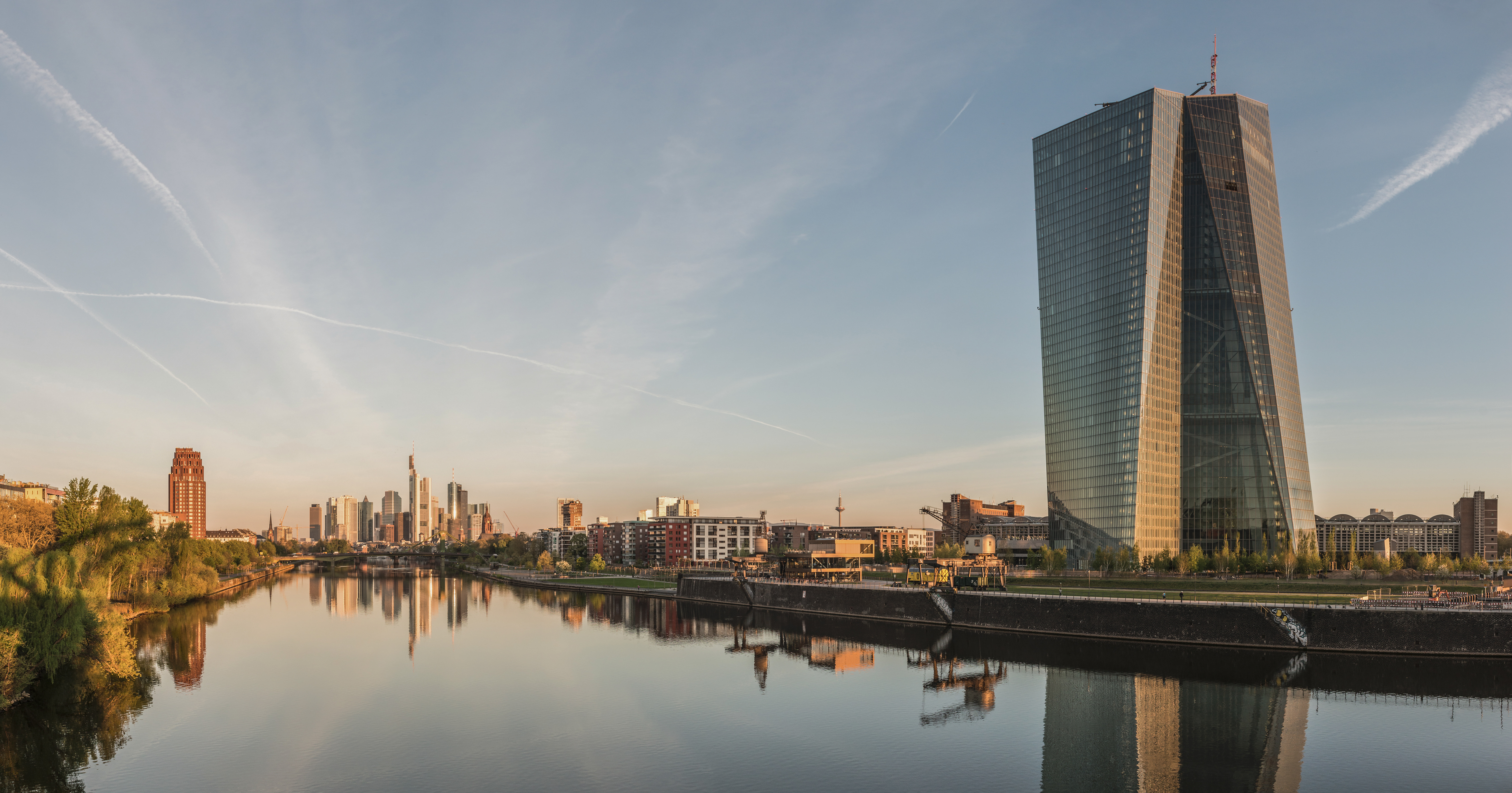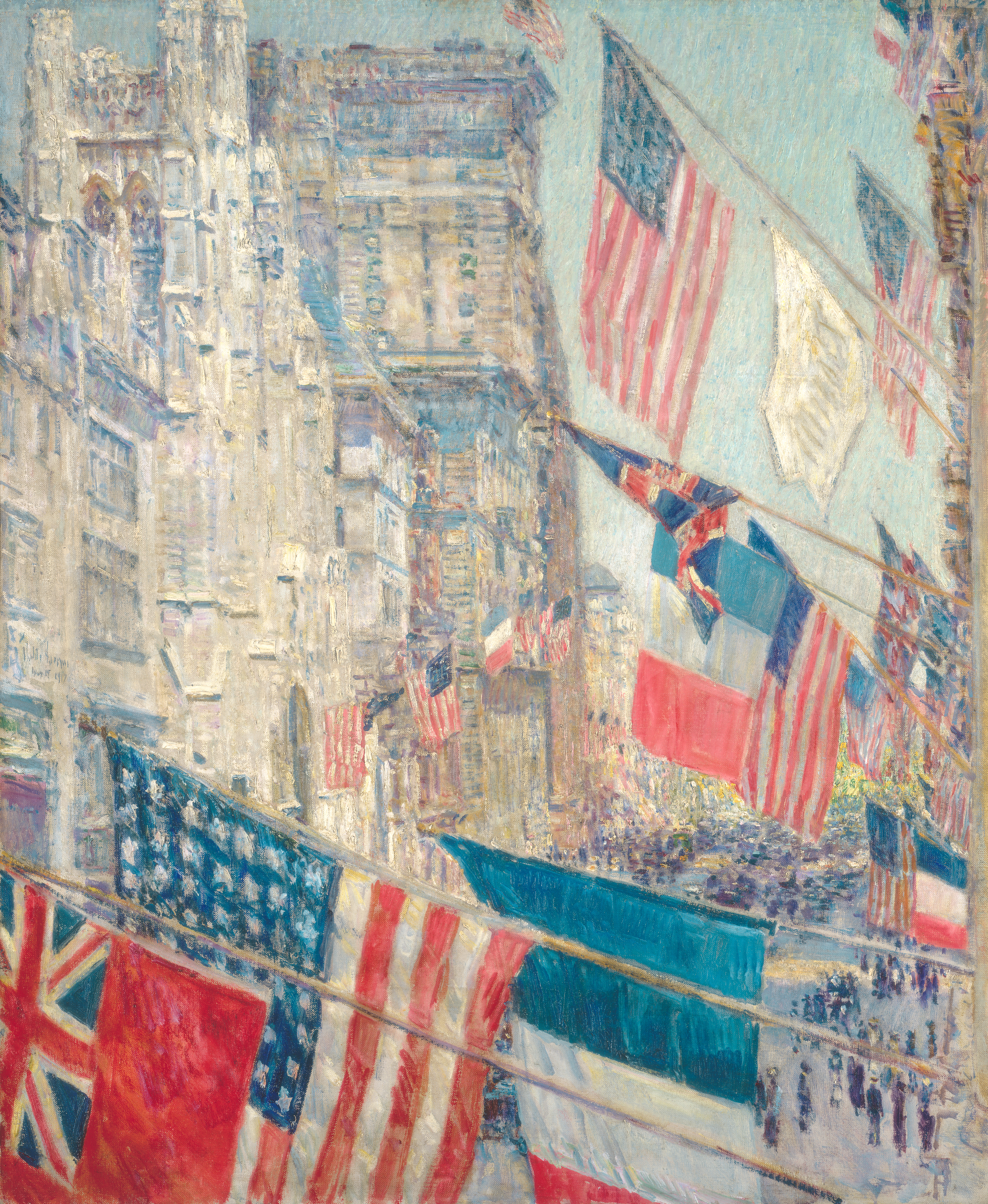|
Stubenrauchbrücke (Treptow-Köpenick District)
The Stubenrauchbrücke (lit. English: Stubenrauch Bridge), built in 1908, is a three-arch iron truss bridge. In recent years, it has effectively become two separate bridges running parallel to each other, facilitating both vehicular and pedestrian traffic. This bridge links the Berlin neighborhoods of Oberschöneweide and Niederschöneweide, situated on either bank of the Spree River, within the Treptow-Köpenick district. History of the Spree Crossing During the late 19th century, the growth of Oberschöneweide and Niederschöneweide was closely linked to the rapid expansion of Berlin's large-scale industry. The presence of railways and waterways provided favorable conditions for the establishment of industrial settlements. At the same time, however, constructing paths and roads and connecting them to the Chausseenetz of the district of Teltow became necessary. To create the first permanent link between the two banks of the Spree River, a chain ferry was established in 1885, and ... [...More Info...] [...Related Items...] OR: [Wikipedia] [Google] [Baidu] |
Spree (river)
The Spree ( , ; , , ; ; ; in Lower Sorbian also called ''Rěka'') is a river in Germany and the Czech Republic. With a length of approximately , it is the main tributary of the Havel River. The Spree is much longer than the Havel, which it flows into at Berlin-Spandau; the Havel then flows into the Elbe at Havelberg. The river rises in the Lusatian Highlands, in the Lusatian part of Saxony, where it has three sources: the historical one called ''Spreeborn'' in the village of , the water-richest one in Neugersdorf, and the highest elevated one in Eibau. The Spree then flows northwards through Upper and Lower Lusatia, where it crosses the border between Saxony and Brandenburg. After passing through Cottbus, it forms the Spree Forest (), a large inland delta and biosphere reserve. It then flows through Lake Schwielochsee before entering Berlin, as The Spree is the main river of Berlin, Brandenburg, Lusatia, and the settlement area of the Sorbs, who call the river ''Sprj ... [...More Info...] [...Related Items...] OR: [Wikipedia] [Google] [Baidu] |
Granite
Granite ( ) is a coarse-grained (phanerite, phaneritic) intrusive rock, intrusive igneous rock composed mostly of quartz, alkali feldspar, and plagioclase. It forms from magma with a high content of silica and alkali metal oxides that slowly cools and solidifies underground. It is common in the continental crust of Earth, where it is found in igneous intrusions. These range in size from dike (geology), dikes only a few centimeters across to batholiths exposed over hundreds of square kilometers. Granite is typical of a larger family of ''granitic rocks'', or ''granitoids'', that are composed mostly of coarse-grained quartz and feldspars in varying proportions. These rocks are classified by the relative percentages of quartz, alkali feldspar, and plagioclase (the QAPF diagram, QAPF classification), with true granite representing granitic rocks rich in quartz and alkali feldspar. Most granitic rocks also contain mica or amphibole minerals, though a few (known as leucogranites) conta ... [...More Info...] [...Related Items...] OR: [Wikipedia] [Google] [Baidu] |
Road Bridges In Germany
A road is a thoroughfare used primarily for movement of traffic. Roads differ from streets, whose primary use is local access. They also differ from stroads, which combine the features of streets and roads. Most modern roads are paved. The words "road" and "street" are commonly considered to be interchangeable, but the distinction is important in urban design. There are many types of roads, including parkways, avenues, controlled-access highways (freeways, motorways, and expressways), tollways, interstates, highways, and local roads. The primary features of roads include lanes, sidewalks (pavement), roadways (carriageways), medians, shoulders, verges, bike paths (cycle paths), and shared-use paths. Definitions Historically, many roads were simply recognizable routes without any formal construction or some maintenance. The Organization for Economic Co-operation and Development (OECD) defines a road as "a line of communication (travelled way) using a stabilized base other ... [...More Info...] [...Related Items...] OR: [Wikipedia] [Google] [Baidu] |
Arch
An arch is a curved vertical structure spanning an open space underneath it. Arches may support the load above them, or they may perform a purely decorative role. As a decorative element, the arch dates back to the 4th millennium BC, but structural load-bearing arches became popular only after their adoption by the Ancient Romans in the 4th century BC. Arch-like structures can be horizontal, like an arch dam that withstands the horizontal hydrostatic pressure load. Arches are usually used as supports for many types of vaults, with the barrel vault in particular being a continuous arch. Extensive use of arches and vaults characterizes an arcuated construction, as opposed to the trabeated system, where, like in the architectures of ancient Greece, China, and Japan (as well as the modern steel-framed technique), posts and beams dominate. Arches had several advantages over the lintel, especially in the masonry construction: with the same amount of material it can have ... [...More Info...] [...Related Items...] OR: [Wikipedia] [Google] [Baidu] |
Orthotropic Deck
An orthotropic bridge or orthotropic deck is typically one whose fabricated deck consists of a structural steel deck plate stiffened either longitudinally with ribs or transversely, or in both directions. This allows the fabricated deck both to directly bear vehicular loads and to contribute to the bridge structure's overall load-bearing behaviour. The orthotropic deck may be integral with or supported on a grid of deck framing members, such as transverse floor beams and longitudinal girders. All these various choices for the stiffening elements, e.g., ribs, floor beams and main girders, can be interchanged, resulting in a great variety of orthotropic panels. Decks with different stiffnesses in longitudinal and transverse directions are called 'orthotropic'. If the stiffnesses are similar in the two directions, then the deck is called 'isotropic'. The steel deck-plate-and-ribs system may be idealized for analytical purposes as an orthogonal-anisotropic plate, hence the abbrev ... [...More Info...] [...Related Items...] OR: [Wikipedia] [Google] [Baidu] |
Euro
The euro (currency symbol, symbol: euro sign, €; ISO 4217, currency code: EUR) is the official currency of 20 of the Member state of the European Union, member states of the European Union. This group of states is officially known as the euro area or, more commonly, the eurozone. The euro is divided into 100 1 euro cent coin, euro cents. The currency is also used officially by the institutions of the European Union, by International status and usage of the euro, four European microstates that are not EU members, the British Overseas Territory of Akrotiri and Dhekelia, as well as unilaterally by Montenegro and Kosovo. Outside Europe, a number of special territories of EU members also use the euro as their currency. The euro is used by 350 million people in Europe and additionally, over 200 million people worldwide use currencies pegged to the euro. It is the second-largest reserve currency as well as the second-most traded currency in the world after the United Sta ... [...More Info...] [...Related Items...] OR: [Wikipedia] [Google] [Baidu] |
Mark (currency)
The mark was a currency or unit of account in many states. It is named for the mark unit of weight. The word ''mark'' comes from a merging of three Germanic words, Latinised in 9th-century post-classical Latin as ', ', ' or '. It was a measure of weight mainly for gold and silver, commonly used throughout Europe and often equivalent to . Considerable variations, however, occurred throughout the Middle Ages. the only circulating currency named "mark" is the Bosnia and Herzegovina convertible mark. List of currencies named "mark" or similar "Mark" can refer * to one of the following historical German currencies: ** Since the 11th century: the , used in the Electorate of Cologne; ** 1319: the , minted and used by the North German Hanseatic city of Stralsund and various towns in Pomerania; ** 1502: the , a uniform coinage for the '' Wends'' () Hanseatic cities of Lübeck, Hamburg, Wismar, Lüneburg, Rostock, Stralsund, Anklam, among others, who joined the Wends Coinage Un ... [...More Info...] [...Related Items...] OR: [Wikipedia] [Google] [Baidu] |
Berlin Senate
The Senate of Berlin (; unofficially: ) is the executive body governing the city of Berlin, which at the same time is a state of Germany. According to the Constitution of Berlin the Senate consists of the Governing Mayor of Berlin and up to ten senators appointed by the governing mayor, two of whom are appointed (deputy) mayors. The Senate meets weekly at the (Red Town Hall).Virtueller Rundgang: 7. Senatssitzungssaal Berlin.de History The municipalities of Alt-Berlin and |
Soviet Union
The Union of Soviet Socialist Republics. (USSR), commonly known as the Soviet Union, was a List of former transcontinental countries#Since 1700, transcontinental country that spanned much of Eurasia from 1922 until Dissolution of the Soviet Union, it dissolved in 1991. During its existence, it was the list of countries and dependencies by area, largest country by area, extending across Time in Russia, eleven time zones and sharing Geography of the Soviet Union#Borders and neighbors, borders with twelve countries, and the List of countries and dependencies by population, third-most populous country. An overall successor to the Russian Empire, it was nominally organized as a federal union of Republics of the Soviet Union, national republics, the largest and most populous of which was the Russian SFSR. In practice, Government of the Soviet Union, its government and Economy of the Soviet Union, economy were Soviet-type economic planning, highly centralized. As a one-party state go ... [...More Info...] [...Related Items...] OR: [Wikipedia] [Google] [Baidu] |
World War II
World War II or the Second World War (1 September 1939 – 2 September 1945) was a World war, global conflict between two coalitions: the Allies of World War II, Allies and the Axis powers. World War II by country, Nearly all of the world's countries participated, with many nations mobilising all resources in pursuit of total war. Tanks in World War II, Tanks and Air warfare of World War II, aircraft played major roles, enabling the strategic bombing of cities and delivery of the Atomic bombings of Hiroshima and Nagasaki, first and only nuclear weapons ever used in war. World War II is the List of wars by death toll, deadliest conflict in history, causing World War II casualties, the death of 70 to 85 million people, more than half of whom were civilians. Millions died in genocides, including the Holocaust, and by massacres, starvation, and disease. After the Allied victory, Allied-occupied Germany, Germany, Allied-occupied Austria, Austria, Occupation of Japan, Japan, a ... [...More Info...] [...Related Items...] OR: [Wikipedia] [Google] [Baidu] |
Alliance
An alliance is a relationship among people, groups, or sovereign state, states that have joined together for mutual benefit or to achieve some common purpose, whether or not an explicit agreement has been worked out among them. Members of an alliance are called allies. Alliances form in many settings, including political alliances, military alliances, and business alliances. When the term is used in the context of war or armed struggle, such associations may also be called allied powers, especially when discussing World War I or World War II. A formal military alliance is not required to be perceived as an ally—co-belligerence, fighting alongside someone, is enough. According to this usage, allies become so not when concluding an alliance treaty but when struck by war. When spelled with a capital "A", "Allies" usually denotes the countries who fought together against the Central Powers (German Empire, Austria-Hungary, and Ottoman Empire) in World War; I (the Allies ... [...More Info...] [...Related Items...] OR: [Wikipedia] [Google] [Baidu] |






